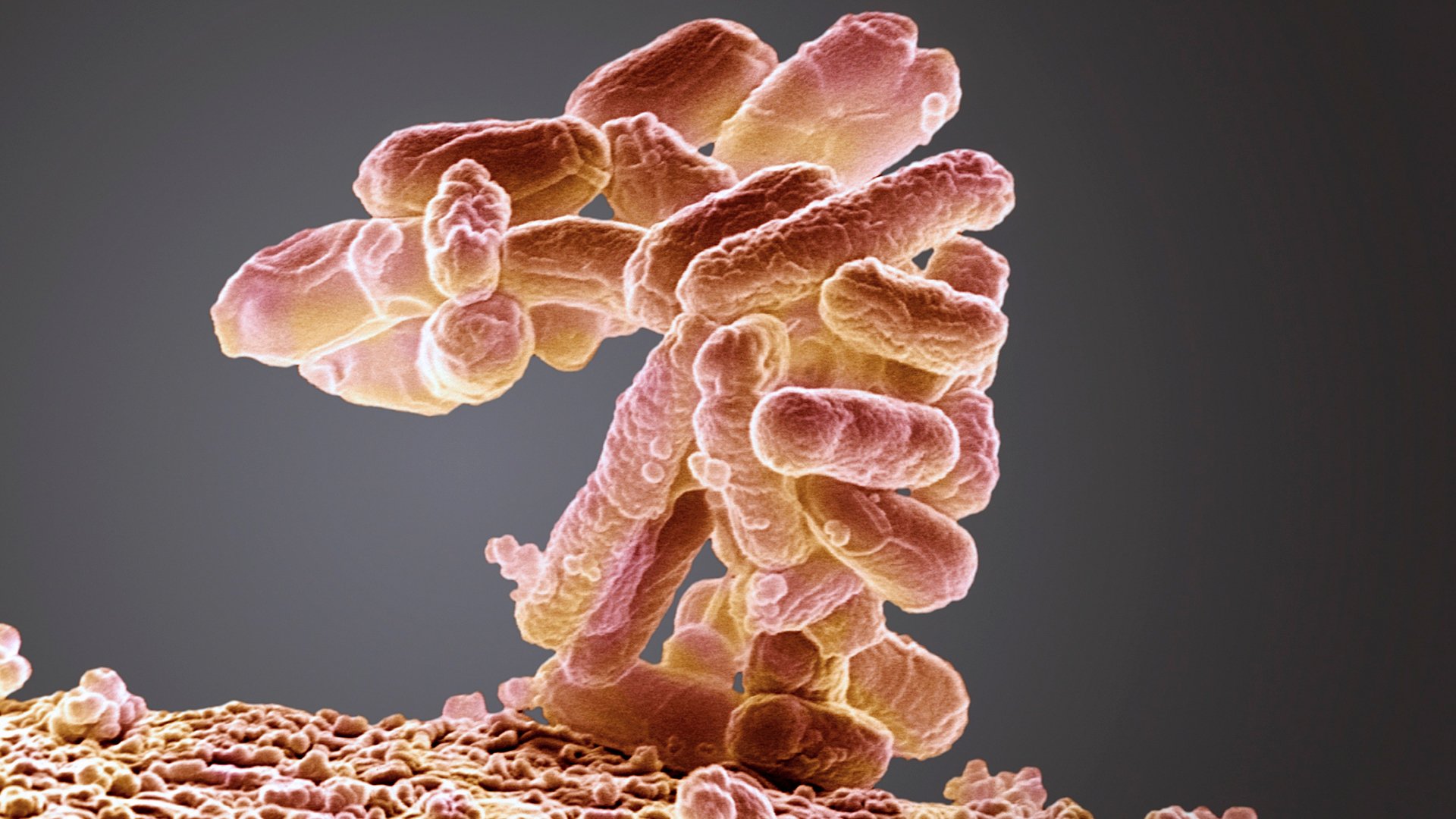Resistant
Since its discovery by Alexander Fleming in 1928, penicillin – the first effective antibiotic – has saved countless lives. However, excessive use has lead to many antibiotics making their way into our environment, especially around pharmaceutical plants and sewage systems. This gives bacteria within the soil and water the chance to build up their resistance to antibiotics, which means that these antibiotics are no longer effective in treating certain infections in people and animals.
Eating antibiotics
In order to combat resistance, it is important to remove antibiotics from the environment. To do so, we can use bacteria that eat the antibiotics and break them down into harmless substances. Researchers at the Washington University School of Medicine in St. Louis have discovered how bacteria are able to do so. In four different species of soil bacteria, they found three sets of genes that activated when the bacteria consumed penicillin. This knowledge allowed the researchers to alter the E. coli bacteria , a model species, in such a way that it flourished on a diet of penicillin instead of sugars.
Prevention over cure
This discovery brings the scientific world a step closer to dealing with resistant bacteria. However, to combat the large amounts of antibiotics in the soil around manufacturing plants and sewers effectively, researchers will have to increase the speed with which the bacteria break down the antibiotics. As such, it remains vital that we use antibiotics responsibly. After all, prevention is better than cure.
Source: Crofts et al. 2018 - Shared strategies for β-lactam catabolism in the soil microbiome.

